When your car’s check engine light comes on, it doesn’t necessarily mean a trip to the mechanic is required. Thanks to onboard diagnostics, or OBD2, you can get to the root of most problems quickly and easily using a scanner. This guide will walk you through exactly how to read OBD2 codes with a scanner — step-by-step, no mechanic needed.
Using a scanner to read OBD2 codes not only saves you time and money — it also gives you a better understanding of what’s going on with your vehicle. Instead of being in the dark or relying blindly on a shop’s opinion, you’ll be able to check engine issues yourself, research the code, and decide your next move with confidence.
Whether your check engine light just came on, or you’re buying a used car and want to run a quick scan, knowing how to do this properly is a huge advantage.
What Is an OBD2 Scanner?
An OBD2 scanner is a tool that connects to your car’s onboard computer system to read diagnostic trouble codes (DTCs). These codes are triggered by sensors in your vehicle that monitor performance and emissions. OBD2 scanners have been standard for all cars sold in the US since 1996 and most of Europe since 2001.
There are two types:
- Basic handheld scanners (with built-in display)
- Bluetooth scanners (connect to your phone via an app)
Step-by-Step: How to Read OBD2 Codes With a Scanner
Step 1: Locate the OBD2 Port
The OBD2 port is usually located under the dashboard, just beneath the steering wheel. It’s a trapezoid-shaped 16-pin connector that’s easily accessible. In some cars, it might be hidden behind a panel or cover.
This port is part of your car’s OBD2 system, which monitors key components like the engine, transmission, and emissions systems. If your car was built after 1996 (in the U.S.), it has one — guaranteed. In most cars, it’s exposed and easy to reach, but in some models it might be slightly tucked behind a plastic cover or fuse box.
It’s always in the cabin — never under the hood — so don’t waste time looking there.
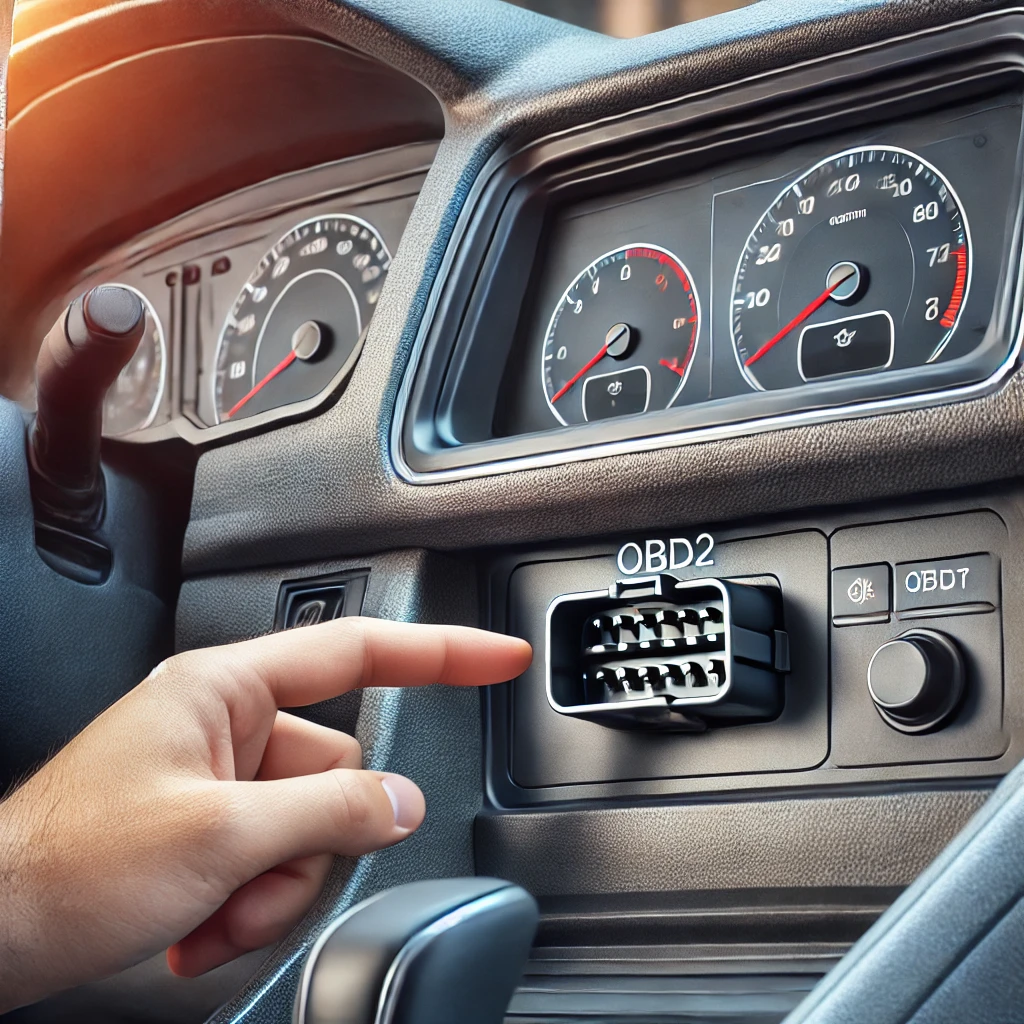
Step 2: Plug In Your OBD2 Scanner
Turn your car off before plugging in the scanner. Once connected, turn the ignition to the ON position — not engine running — to power the scanner. For Bluetooth models, open the paired app on your phone.
Most scanners will automatically detect the vehicle and display the VIN number and other info.
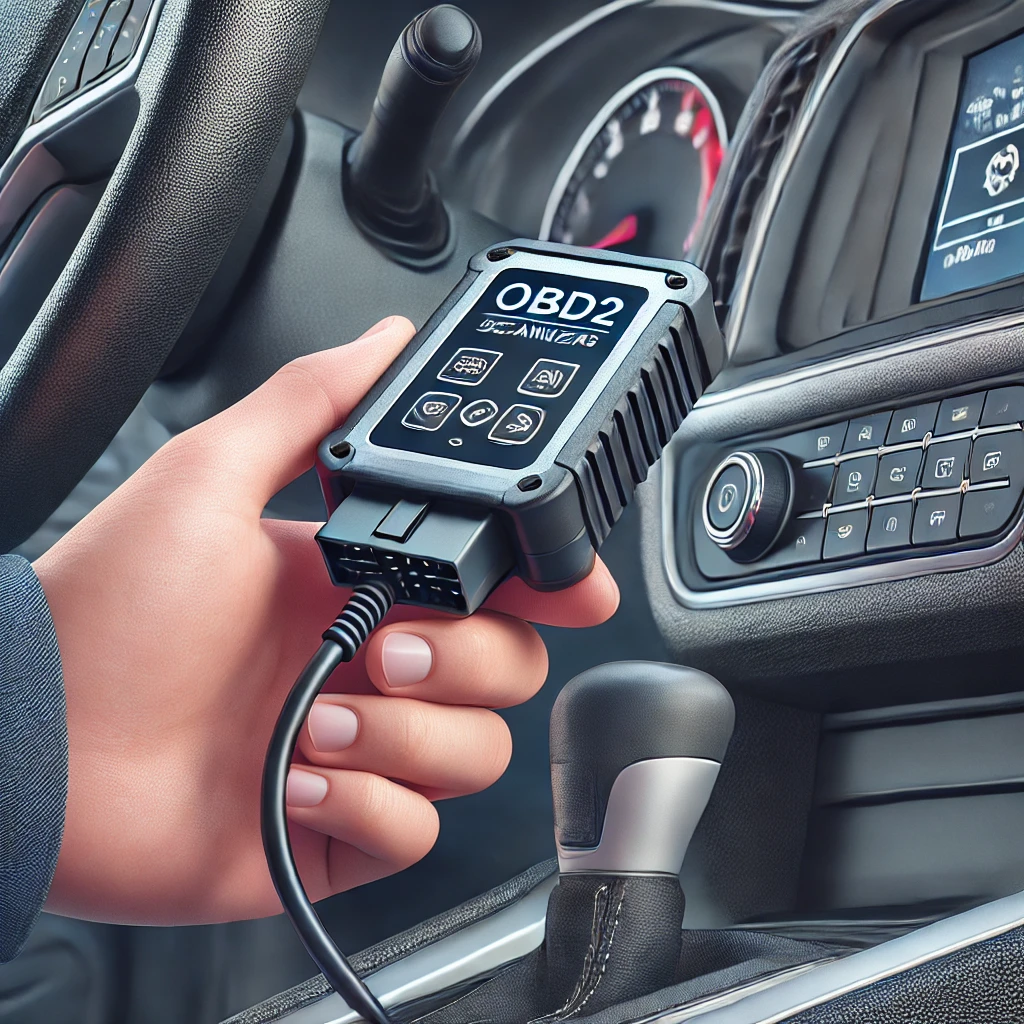
Step 3: Access the Diagnostics Menu
Using the scanner’s buttons or mobile app, navigate to the “Read Codes” or “Diagnostics” section. The scanner will start communicating with the car’s ECU (Engine Control Unit).
Depending on the scanner, you may see:
- Stored codes
- Pending codes
- Permanent codes
- Freeze frame data
If you see both “stored” and “pending” codes, focus first on stored codes — those are active issues. Pending codes are early-stage warnings, often based on one-time data. If they reoccur, they may eventually become stored.
Some advanced scanners will also show live data, which can help you diagnose real-time issues like fuel trims, oxygen sensor readings, or RPM fluctuations. If your scanner supports this — use it.
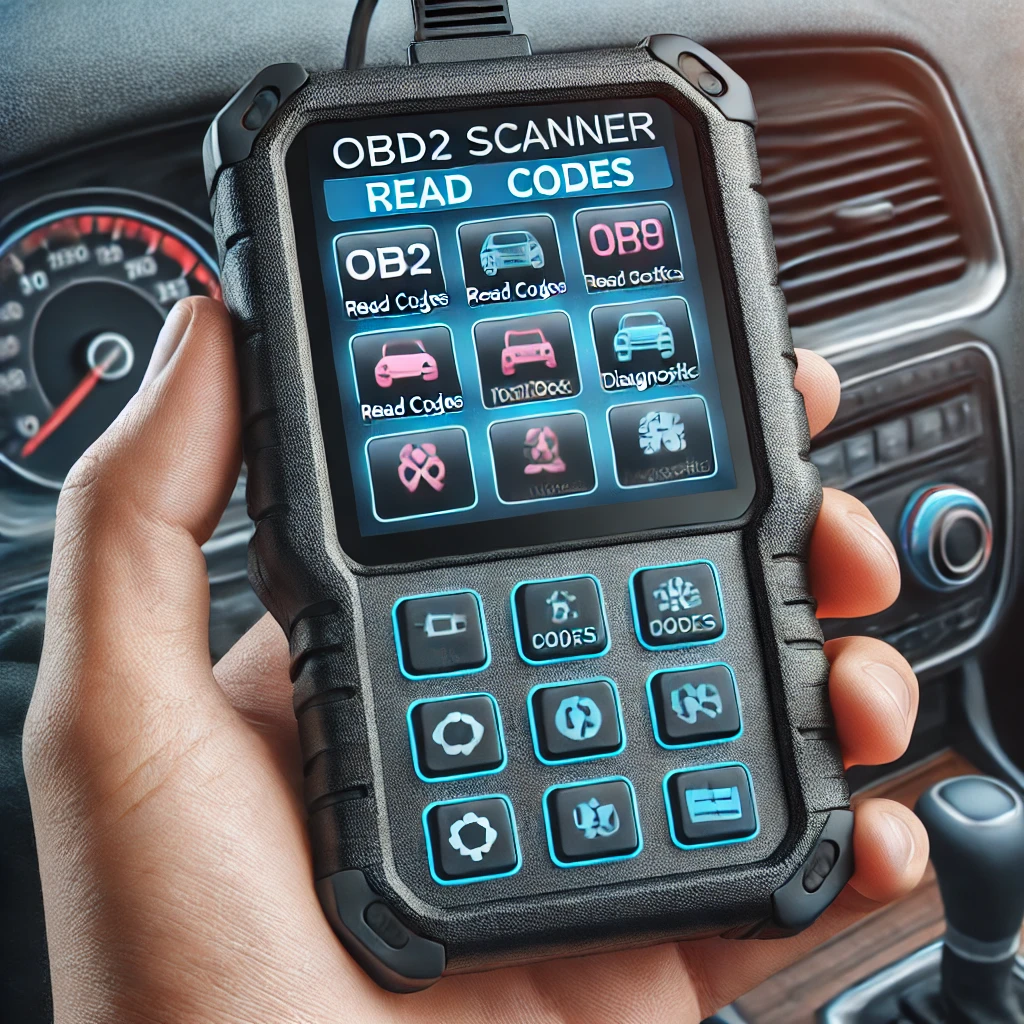
Step 4: Read and Write Down the Codes
The scanner will return one or more codes (e.g., P0171, P0300). These are formatted with one letter followed by four digits. Each code corresponds to a specific issue in your vehicle.
Example meanings:
- P0300 – Random/Multiple Cylinder Misfire
- P0420 – Catalyst System Efficiency Below Threshold
Make sure to save or write down these codes before proceeding.
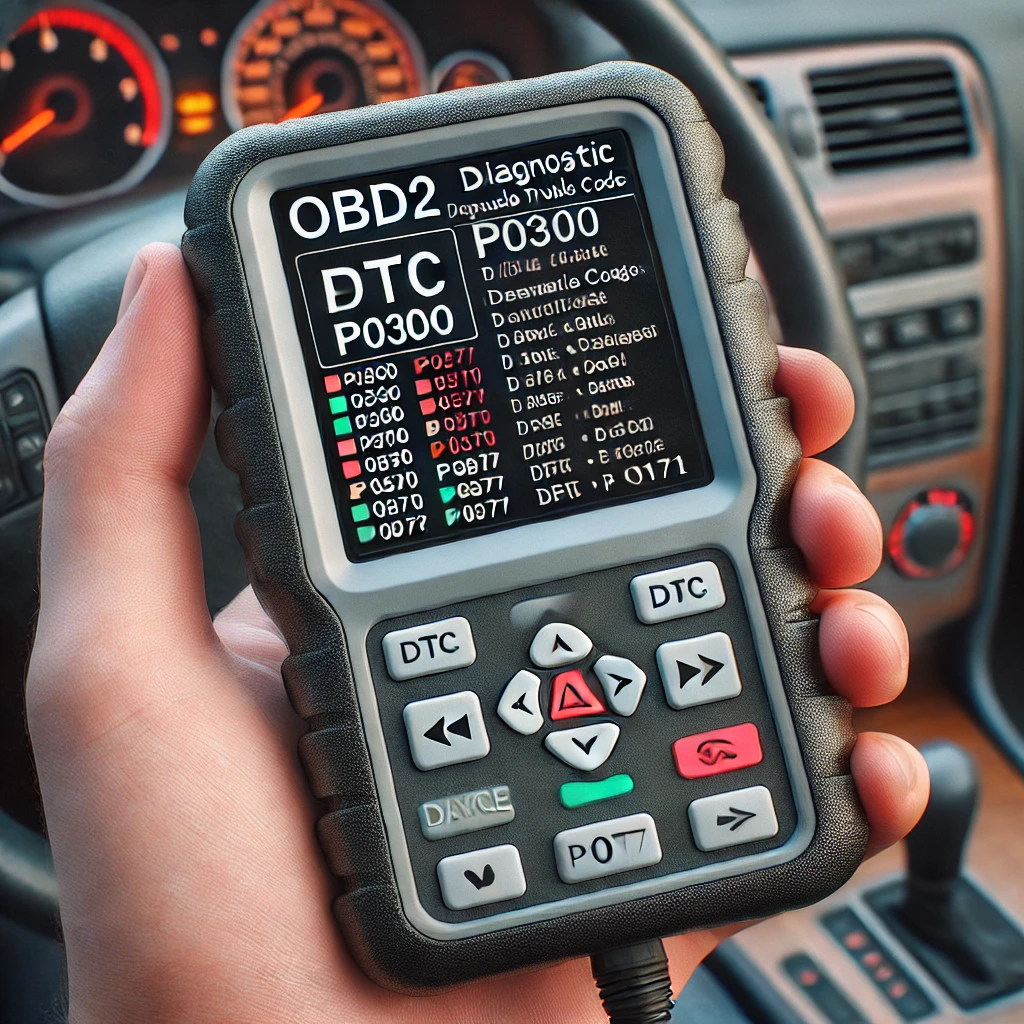
Step 5: Look Up the Code Definitions
Some scanners offer built-in definitions for each code. If not, simply Google the code with your car model and year, like:
“P0171 Ford Focus 2018”
You’ll usually find common causes and recommended fixes in forums or car repair sites.
You’ll often see common problems associated with each code. For example, P0171 (System Too Lean) is frequently linked to vacuum leaks, dirty MAF sensors, or fuel delivery problems. This helps you prioritize what to inspect first — instead of replacing parts at random.
Online tools like OBD-Codes.com or even Reddit’s r/MechanicAdvice can help decode the issue and offer real repair suggestions.
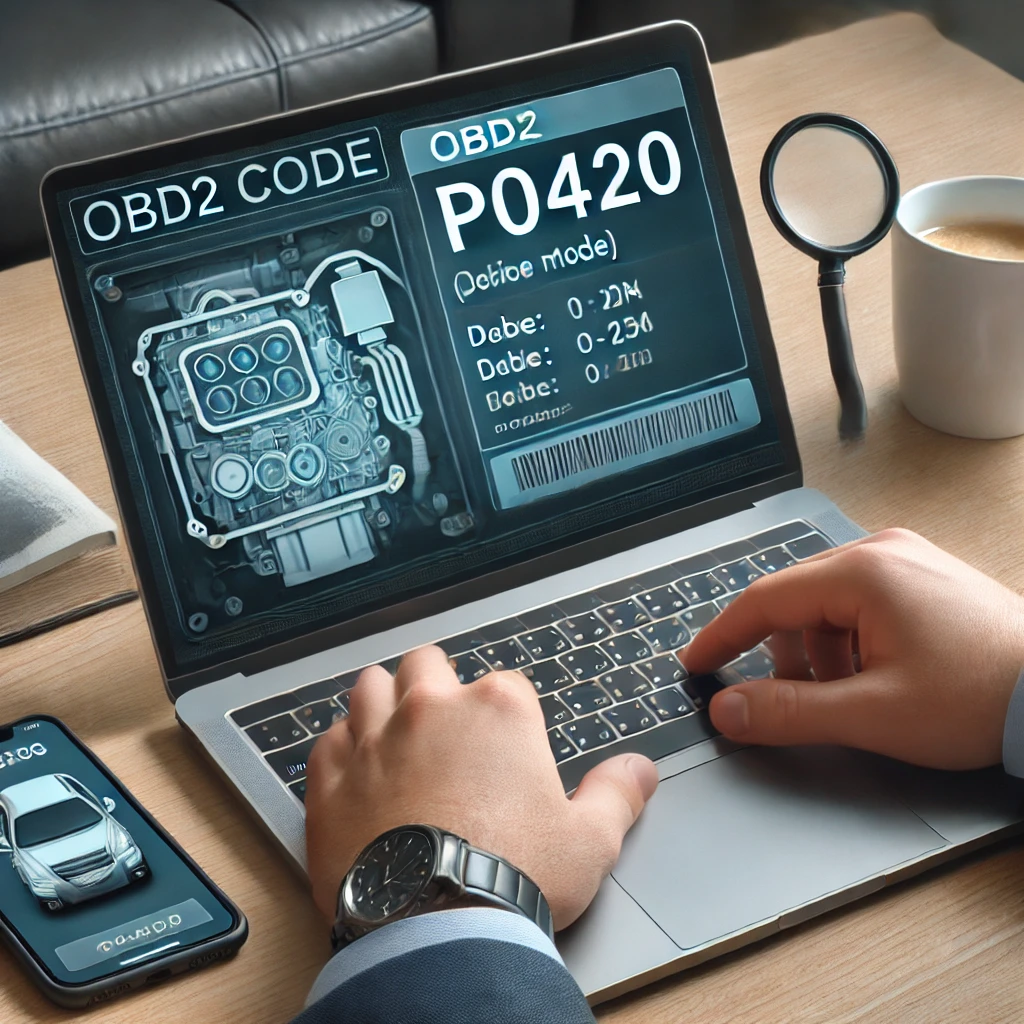
Step 6: Investigate the Root Problem
Don’t just assume one part needs replacing. Many issues have multiple possible causes. For example:
- P0171 could be caused by a vacuum leak, dirty MAF sensor, or weak fuel pressure.
This is where basic automotive knowledge or forums like Reddit’s r/MechanicAdvice can be helpful.
Step 7: Clear the Codes (Optional)
After the issue is fixed, you can clear the codes using your scanner. This resets the check engine light. However, if the problem isn’t resolved, the light will come back.
Only clear the codes when you’re confident the issue has been addressed.
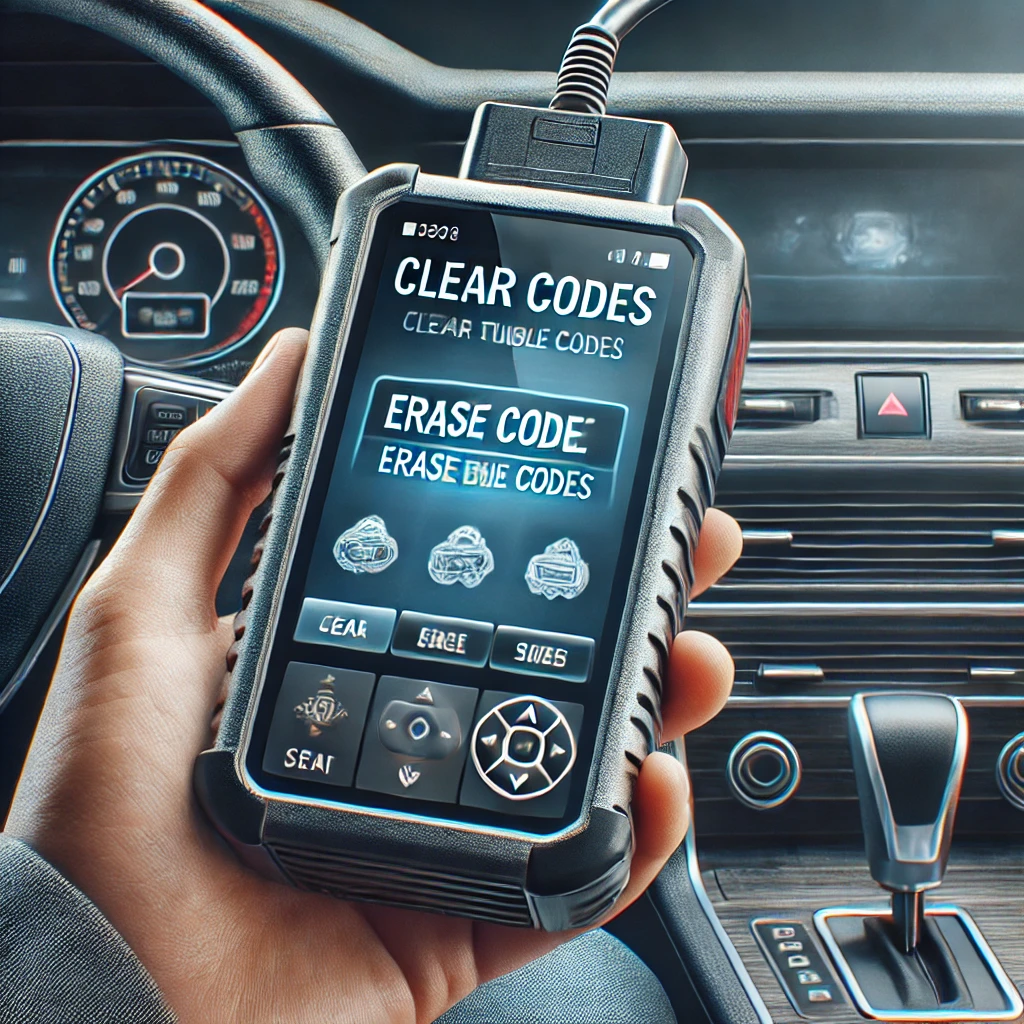
Recommended Tools (With Affiliate Link Space)
- BlueDriver Bluetooth Pro OBD2 Scanner – works with Android & iOS
- Innova 5210 Basic Code Reader – great for beginners
- OBDLink MX+ – fast data refresh, supports advanced diagnostics
Internal Links:
- Best OBD2 Scanners for 2025
- How to Fix a Check Engine Light Without a Scanner – DIY Guide ⚠️🚗
- Signs of a Clogged Fuel Filter
- How to Change Spark Plugs
FAQs
Q: Is reading OBD2 codes safe for beginners?
A: Yes. OBD2 scanners are plug-and-play and don’t change anything in your car unless you clear the codes.
Q: Will it void my warranty?
A: No. Reading codes does not affect any warranty.
Q: Can I still drive with a check engine light?
A: Sometimes, yes — but it depends on the code. It’s best to check immediately to avoid damaging components.
Final Thoughts
Learning to use an OBD2 scanner is one of the most valuable and cost-saving skills you can have as a driver. It gives you power over your own car — instead of guessing what’s wrong or overpaying for diagnostics, you’ll know exactly what the issue is.
From identifying misfires to spotting emissions issues, reading trouble codes is the first step in solving problems fast. And with today’s affordable scanners, anyone can do it.
Even if you’re not planning to fix the issue yourself, knowing what the code means gives you leverage. You’ll speak the same language as your mechanic — and that can save you from unnecessary or overpriced repairs.
Over time, you’ll get better at spotting which codes are serious and which are minor. With practice, using a scanner becomes second nature, and your check engine light stops being a mystery — it becomes just another signal you know how to handle.
Want to learn more? Check out our guide on How to Fix Rough Idle in a Car and How to Improve Fuel Efficiency.